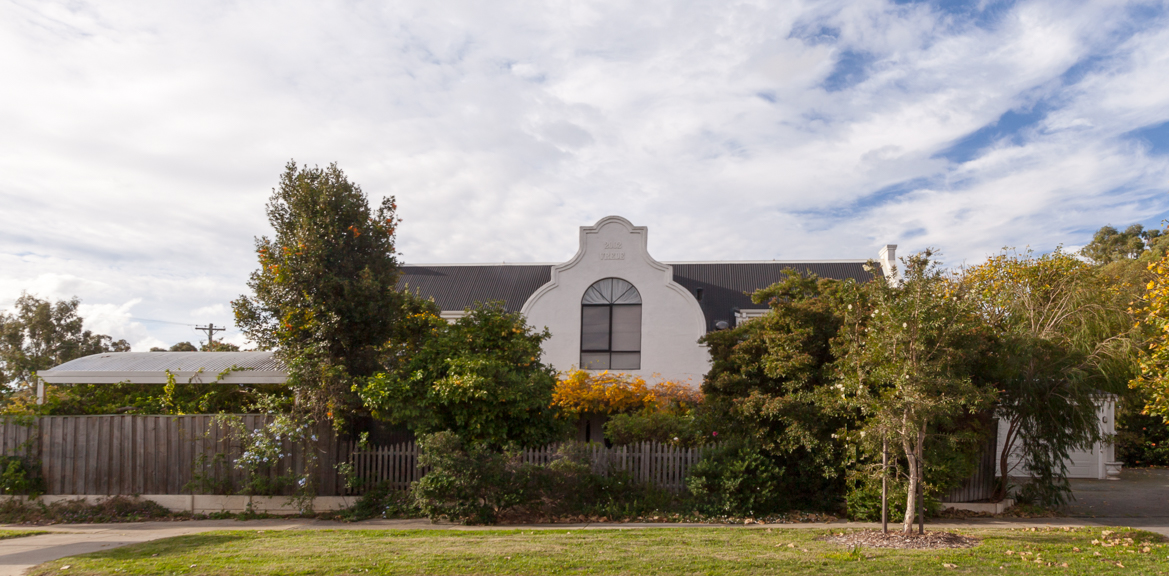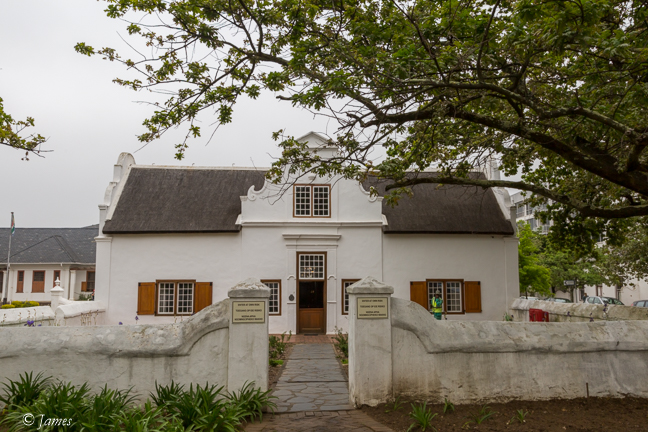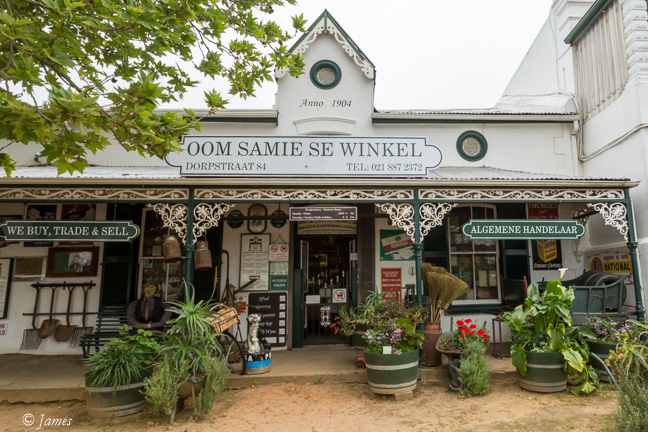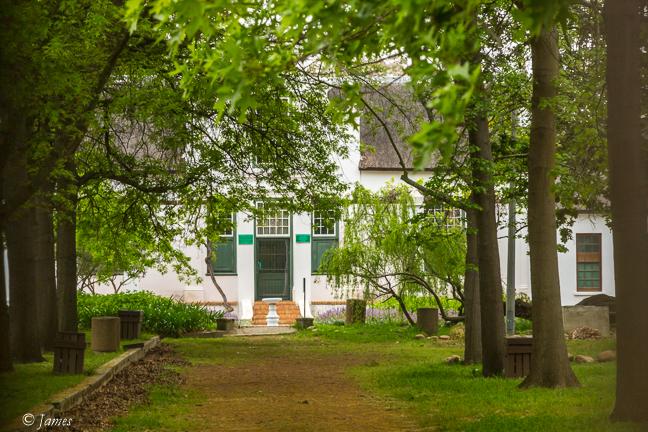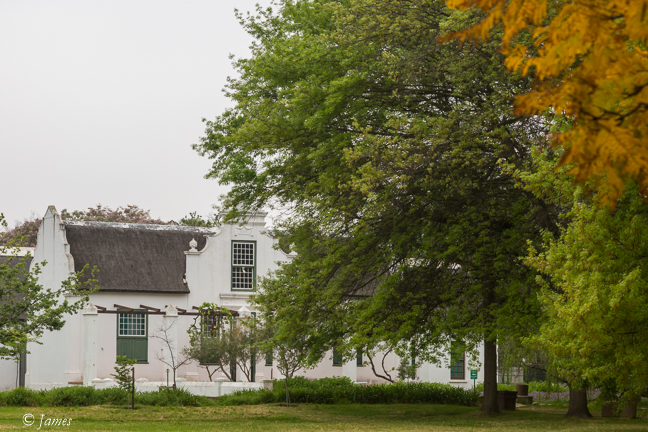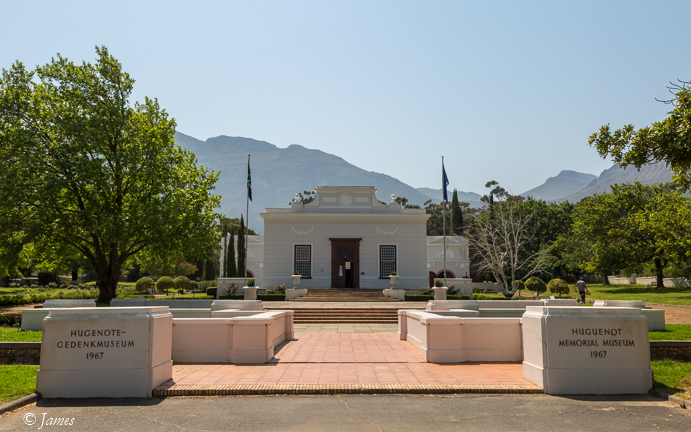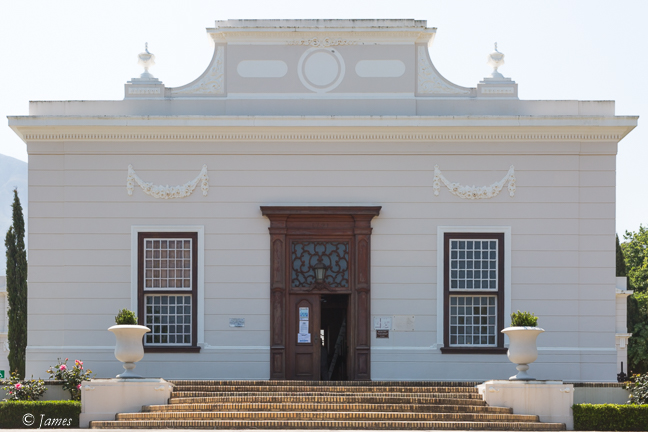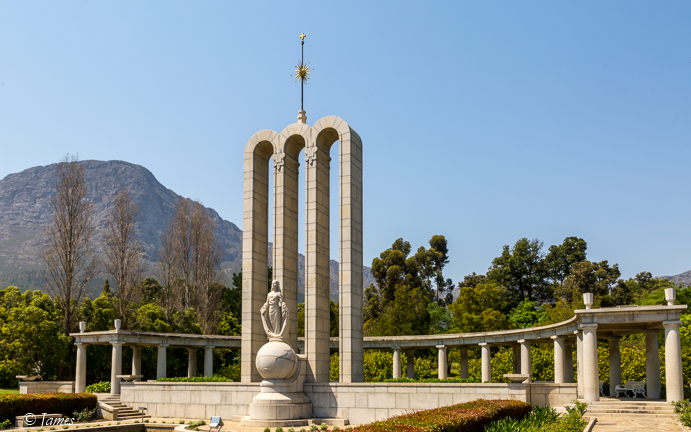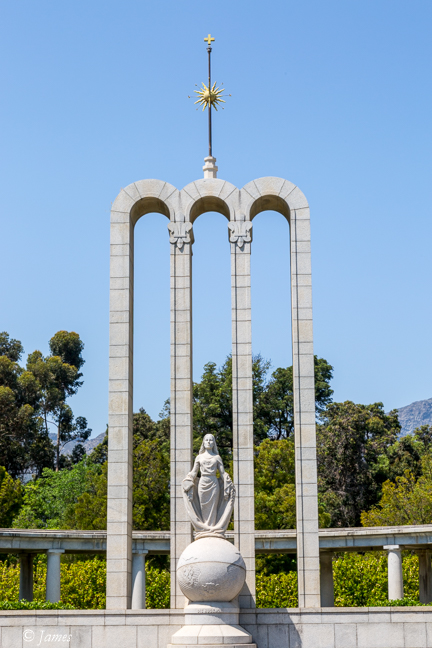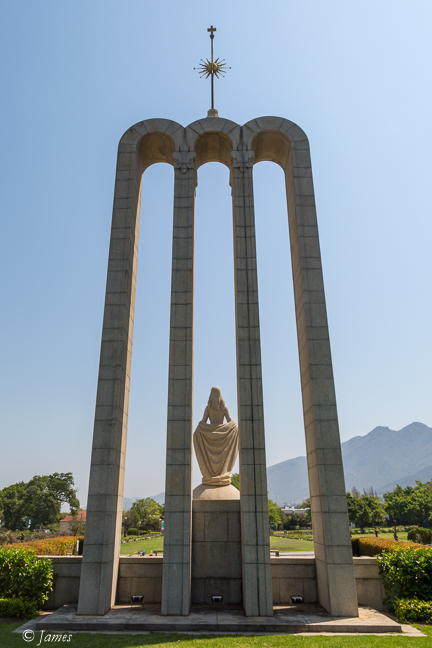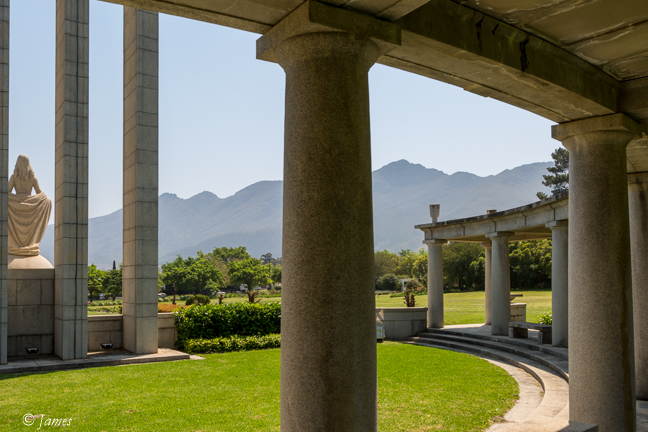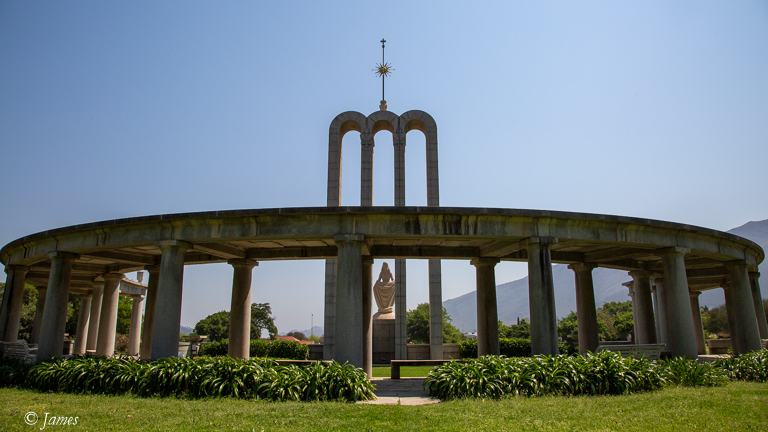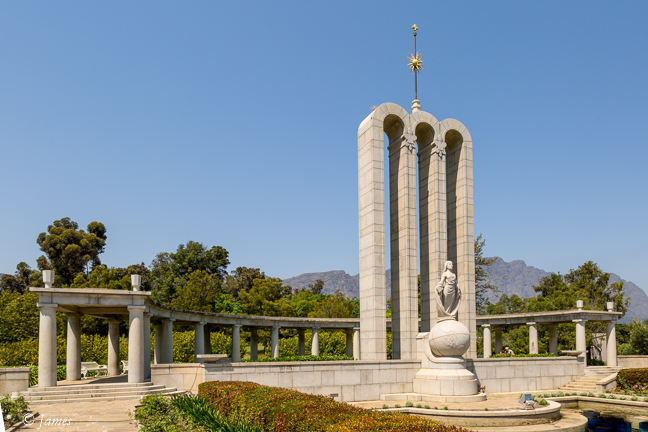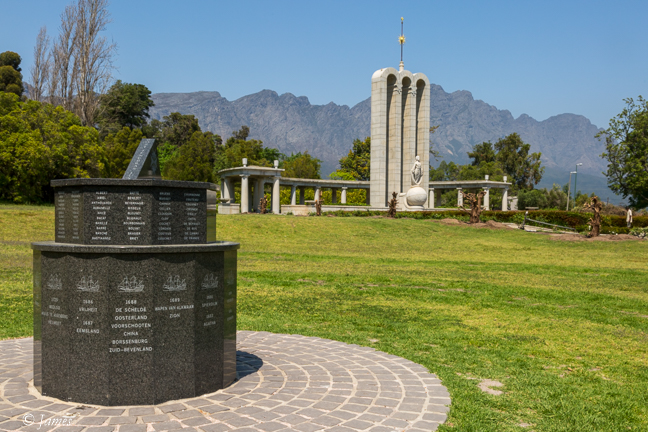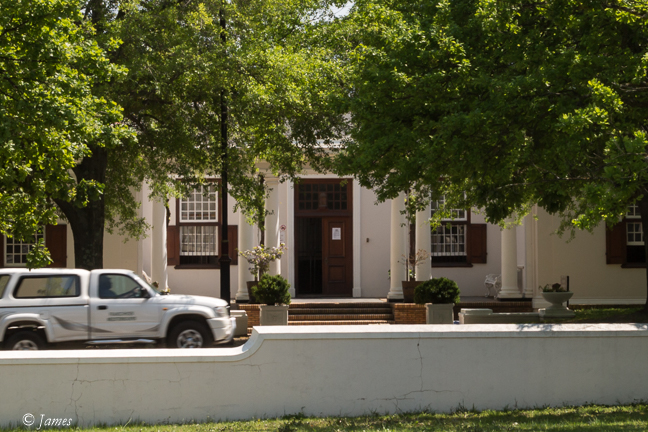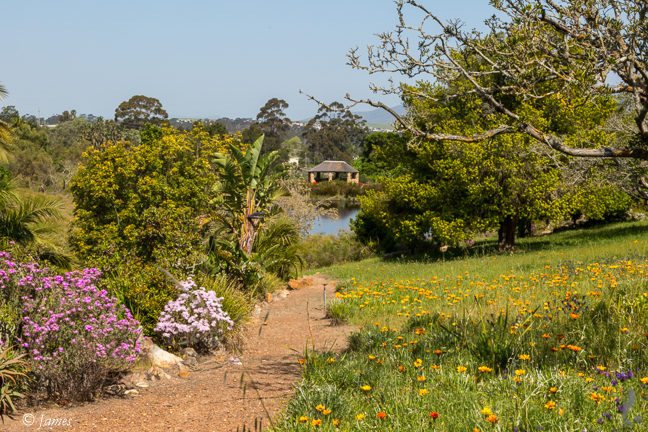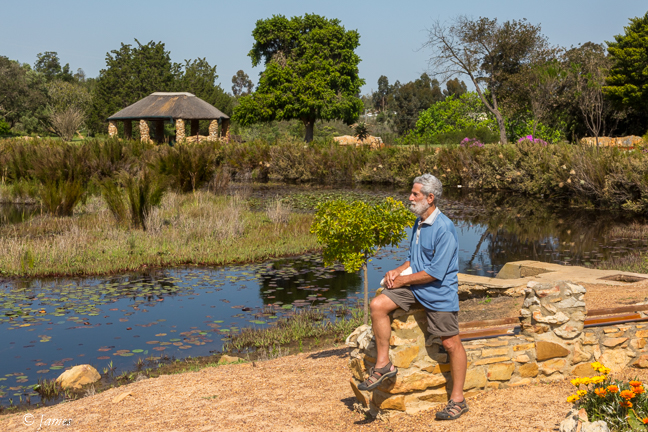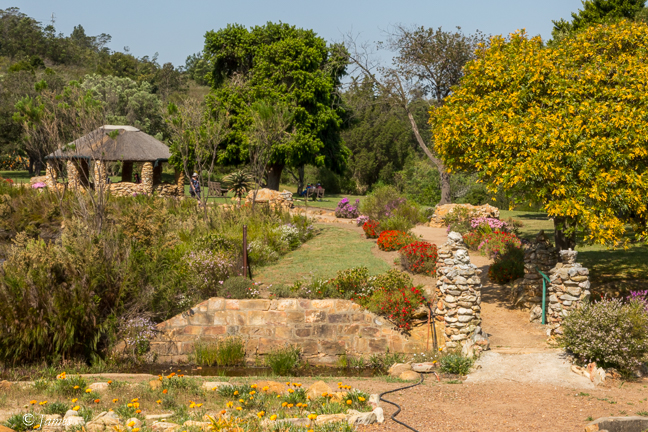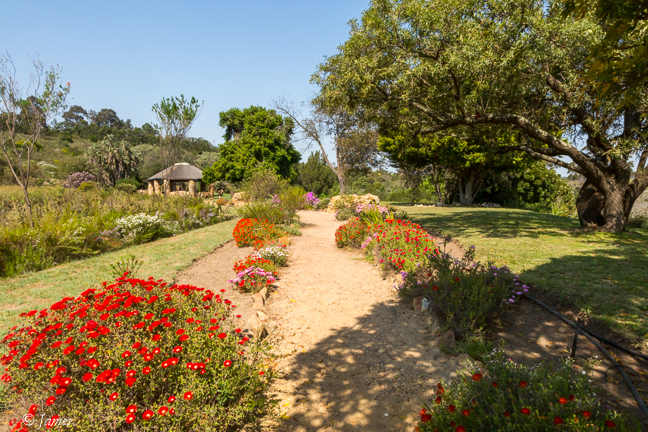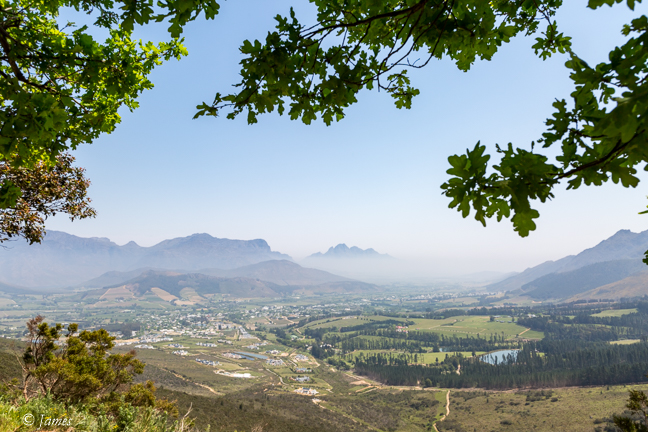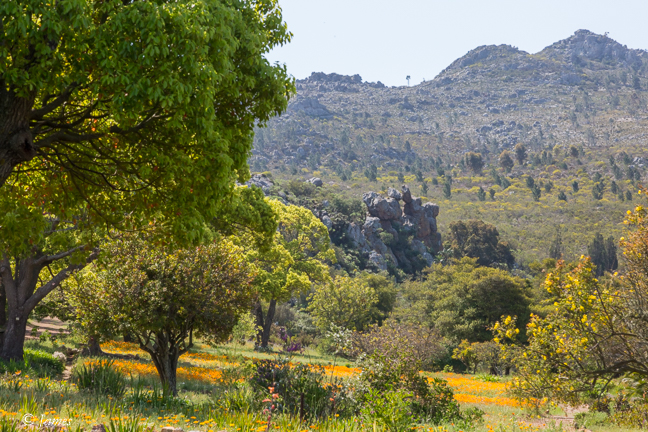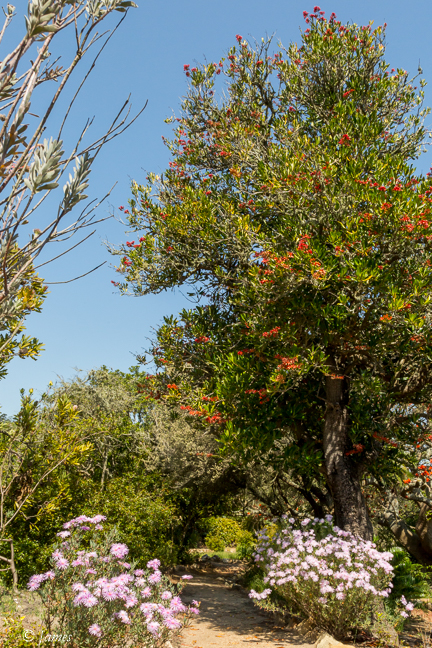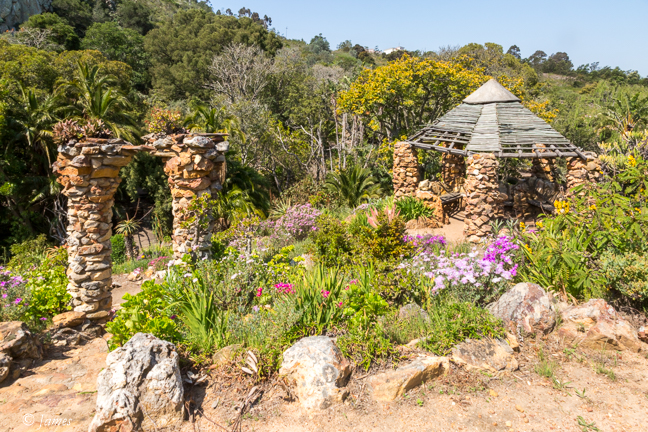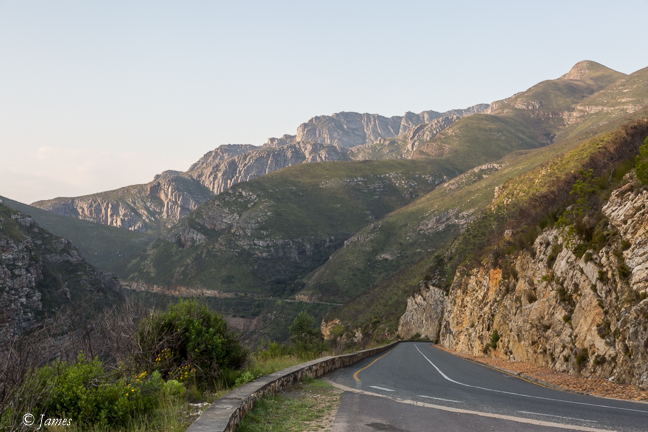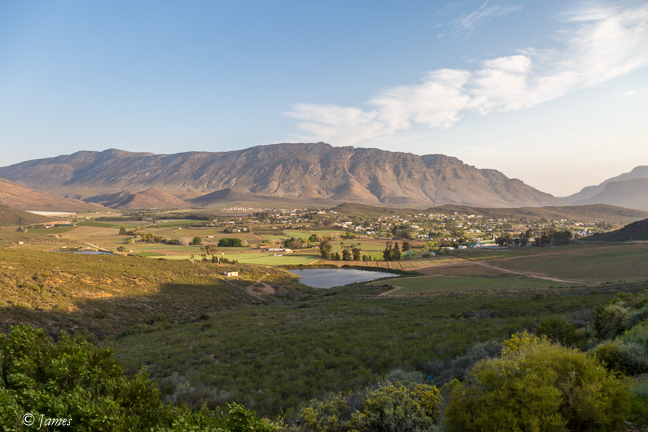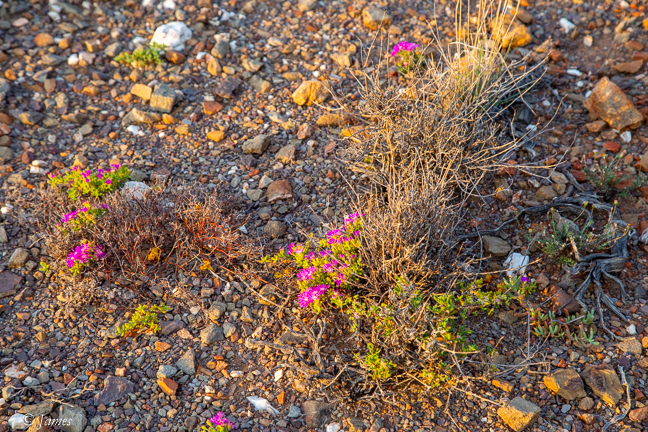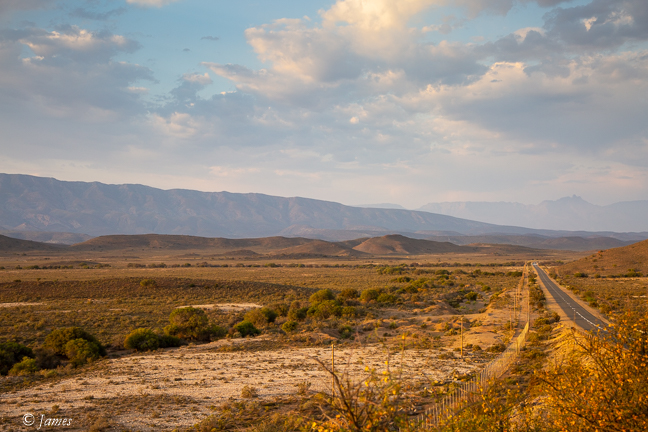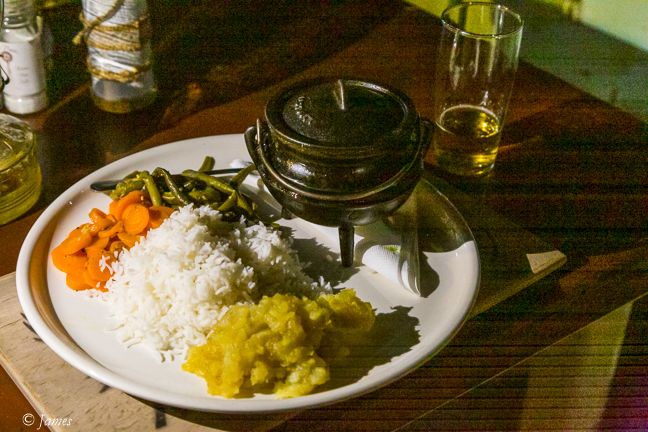The lifts were still not working. I made two trips with my bags and the lifts then worked. David took his in the lift to L3 where the owner met us and then the spare flat key was missing. I made the trip up, then he found it in his bag. Not a good start
Still cloudy today. Very long traffic lines into the city. Passing miles of shacks along the BMW & Mercedes packed highway, shrouds of power cables feeding 10 shacks from a single pole. The low cloud hides the mountains. We pass the white gabled homes, estates, and vinyards, Spier, Tassenberg, La Pomier, Zorgvliet, Molenvliet, Pniel. Boschendal. All homesteads have a low white wall defining the boundary, giving a sense of solidity.
Stellenbosch is world renown for the wine, old gracious homes, and the mountains. Ailine & I spent over an hour shooting them! It also has a very prestigious university, once only Afrikaans. Confirmation of the vast changes here – two women sharing coffee in a cute cafe, one black, one white. Just a conversation between two friends; maybe there is hope yet?
Franschoek (French Corner) is significant to me as this was the town settled by the Protestant French Huguenots, persecuted by the Catholics, the forebears of my mother. A symbolic monument and museum was built at the top end of town to preserve the history. The complex consists of three identical small one-room buildings linked by an arch with the text “Post tenebras lux”, a Latin phrase translated as Light After Darkness. It appears as “Post tenebras spero lucem” in the Vulgate version of Job 17:12. The phrase came to be adopted as the Calvinist motto, and was subsequently adopted as the motto of the entire Protestant Reformation. In front is a larger building, the museum, currently under repair. All are flat roofed, embellished by corbels (plaster) and painted white.
The first Huguenots settled in the Cape in 1688, and the memorial was dedicated on 17th April 1948. The figure of the woman holds a bible in her right hand and a broken chain on the left, symbolising freedom of religion. She is looking south from Europe to her new land. The ‘fleur-de-lis’ on her dress attests to nobility of spirit and character. She casts off the cloak of oppression and stands above the earth in spiritual freedom. Their art and culture are represented by the harp, agriculture by the corn and vine, industry by the spinning wheel. The sun and cross depict the Christian faith. The pool (under repair) expresses tranquility after strife, and the three arches behind her represent the Trinity. The entire memorial is enclosed by a half circle colonnade. Viewed from the front against the high mountains, it’s a lovely place moving me to thank God for my mother’s faith. To one side stands a sun dial on which are inscribed the names of the ships and families. In my case, Jordaan and the ship ‘Berg China’ are listed.
The next town was Caledon, not without numerous photo stops up the high pass for views of the valley. Caledon is the town of my mother’s birth. I have little data about her, but she had a framed postcard of a shelter the Botanical garden which I hoped still existed. Indeed it does! Near the entrance facing a large pond though my recollection is of flowers in front. It had significance for her living so differently thousands of miles north in Rhodesia. The garden did not disappoint us; at first it appears dry and barren but quickly one sees carpets of flowers, several small stone & timber rest or viewing shelters hidden along the thickly planted stream running to the pond. Large trees, rock faces, bridges, narrow tracks run everywhere up and down both sides of the stream. Ericas, daisies, and cactus crowd on the tracks. And up above where this Karoo fynbos park ends are balancing rocks on the mountain range. The park has a reputation as a hide for druggies, so its not visited often. We only saw gardeners
Good lunch in a Wimpy Bar for past memories. The owner had a bar in another town, but moved here as it offered a better return. Not happy with life in general, and I can’t say I’m surprised; my mother would not recognise or like the town now.

We made many more photo stops along the road for the large open, neat wheat fields against a backdrop of another majestic mountain range. We crossed the steep Tradouw pass into the semi-desert Little Karoo where most of this broad east-west valley is covered by short fynbos and flat top hills. Another high range marks its northern extent into the Great Karoo beyond, continuing for thousands of miles north. Barrydale was a lovely sight in the late sunlight in the valley against the mountain.
Our stop is Volstruis B&B in Ladysmith. A large old house conversion, 4m high ceilings, well appointed ensuites but no wifi though it claims so on its web. I had a lamb stew at a local eatery, served in a miniature black three-leg pot on a large plate of rice, sweet potato, fresh beans and carrot. A very Karoo meal.
